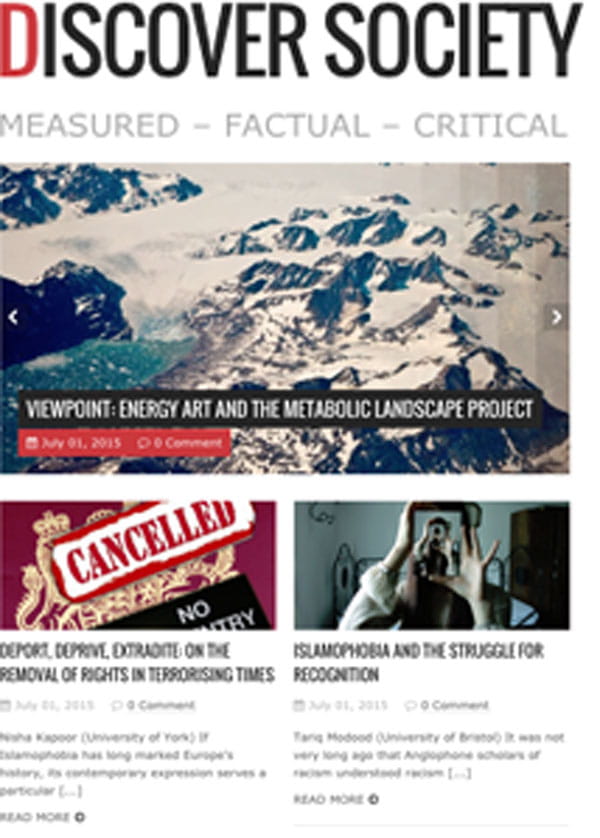A good starter activity in learning about culture is finding out a little more about the UK. The link below takes you to a TES resource that begins with a quiz based on National Statistics information. From this, students are provided with a resource on a ‘different’ culture – the Shirbits. Reading through the information on the Shirbits as a class will no doubt result in some disbelief from members of the class at the thought of individuals dragging razors across their face or worshipping the box on the wall above the pool of water. Rearranging the letters in Shirbit will show them that what we are actually looking at here is British culture. It is a very useful reminder that ‘the other’ is not necessarily, strange, devious or ‘wrong’, it’s all down to cultural interpretation.
Discover More Introduction to Sociology
-
Students are then encouraged to think about social norms – something you may have touched on during induction week. This video is a great resource that examines Japanese culture by explaining expected rules of behaviour in a range of social situations including visiting someone’s home and taking the train:
After watching, students could use the video to highlight similarities and differences between Japanese and British culture for each of the social situations in the video. As an extension task, students could create a resource for tourists to the UK that explains our norms of behaviour…. Are there any regional differences they want to include?
The HSBC adverts (promoting themselves as ‘the world’s local bank’) also provide an insightful view of the social relativity of norms:
Students can make a note of the social norm and the reaction of others around that norm. As a follow on task, students could be asked to consider how social norms can change over time. What things are now considered against the norm that at one time would be acceptable (or vice versa). Examples around child-rearing can be a useful starting point, e.g. mothers putting the baby and pram outside in their garden for their afternoon nap (1950s). This can be compared with childcare practices in countries such as Sweden and Finland today:
Discover More The babies who nap in sub-zero temperatures
 Brought to you by the British Sociological Association
Brought to you by the British Sociological Association The cultural theorist Raymond Williams once described ‘culture’ as one of the most difficult words in the English language to define. For some, such as the Victorian literary critic and educator, Matthew Arnold, culture is about the best that ‘has been thought and said in the world’. In other words, culture is about great art, great literature, and great thought. However, for others, such as Raymond Williams culture is ordinary. Culture is not just about what talent artists do, but it is what we all do. It is how we live.
Hence, we can see culture is the way of life of a particular group of people. In order to understand human behaviour, we need to understand the social context and culture in which that behaviour takes place. Ralph Linton (1945) stated that The culture of a society is the way of life of its members; the collection of ideas and habits which they learn, share and transmit from generation to generation.
The cultural theorist Raymond Williams once described ‘culture’ as one of the most difficult words in the English language to define. For some, such as the Victorian literary critic and educator, Matthew Arnold, culture is about the best that ‘has been thought and said in the world’. In other words, culture is about great art, great literature, and great thought. However, for others, such as Raymond Williams culture is ordinary. Culture is not just about what talent artists do, but it is what we all do. It is how we live.
Hence, we can see culture is the way of life of a particular group of people. In order to understand human behaviour, we need to understand the social context and culture in which that behaviour takes place. Ralph Linton (1945) stated that The culture of a society is the way of life of its members; the collection of ideas and habits which they learn, share and transmit from generation to generation.












